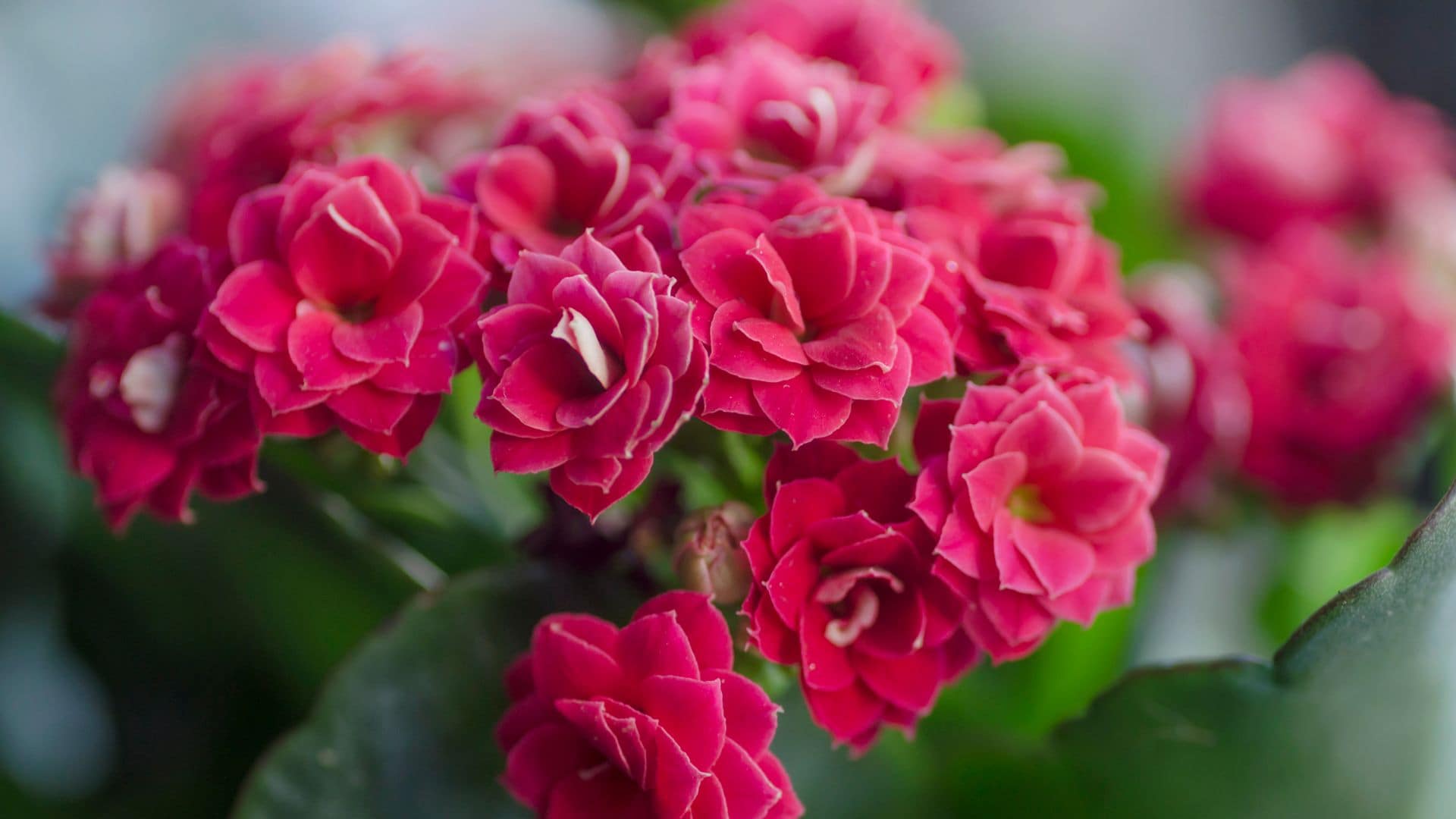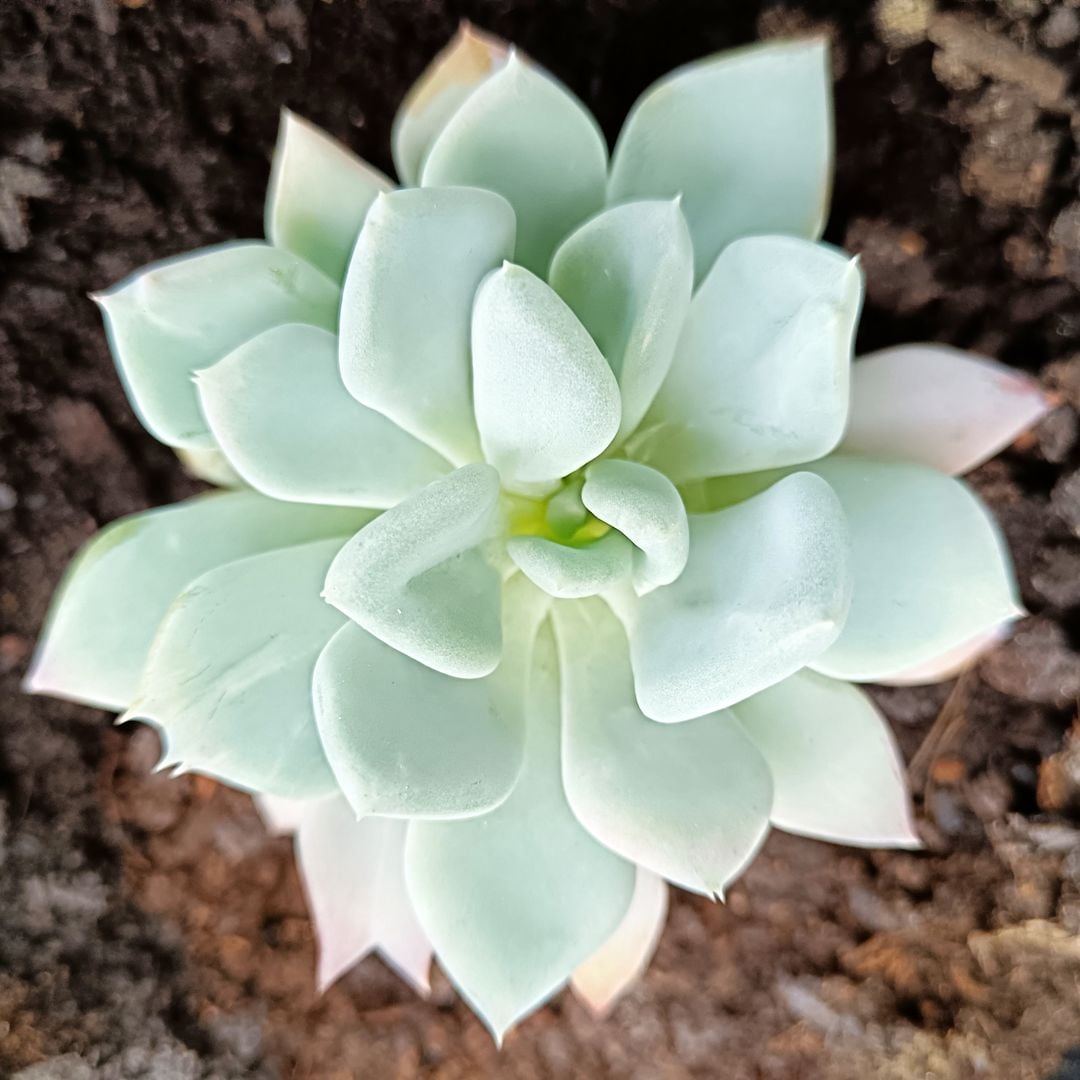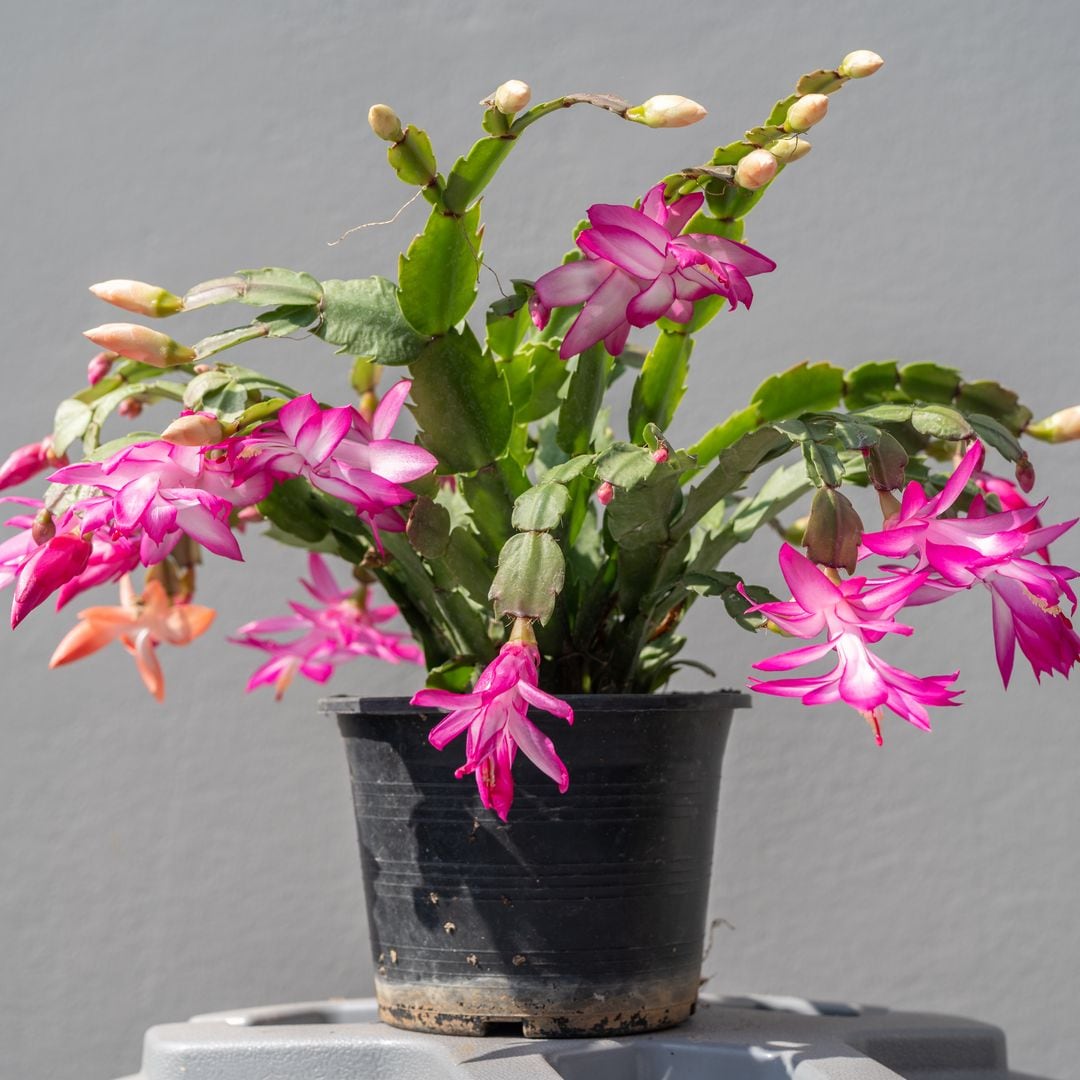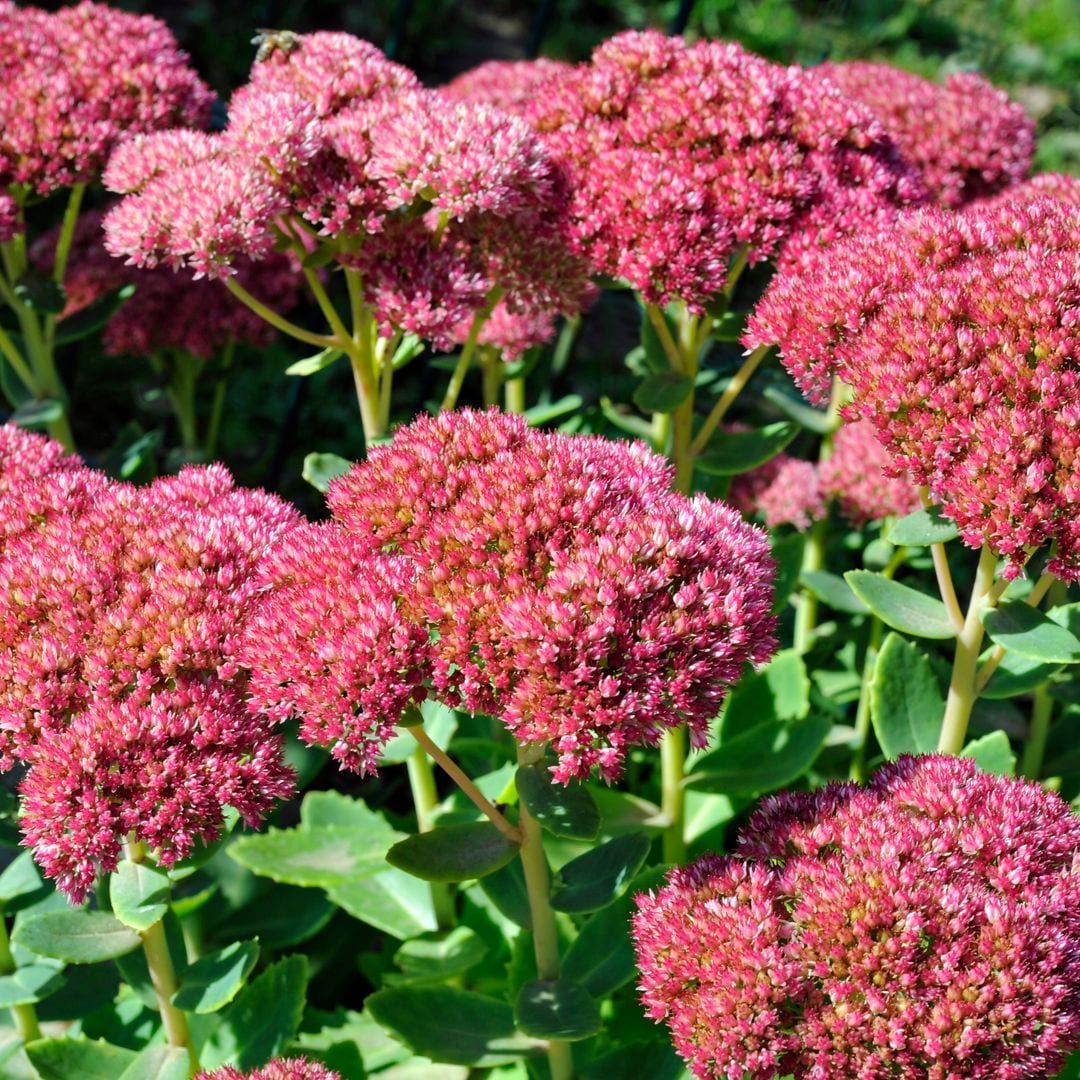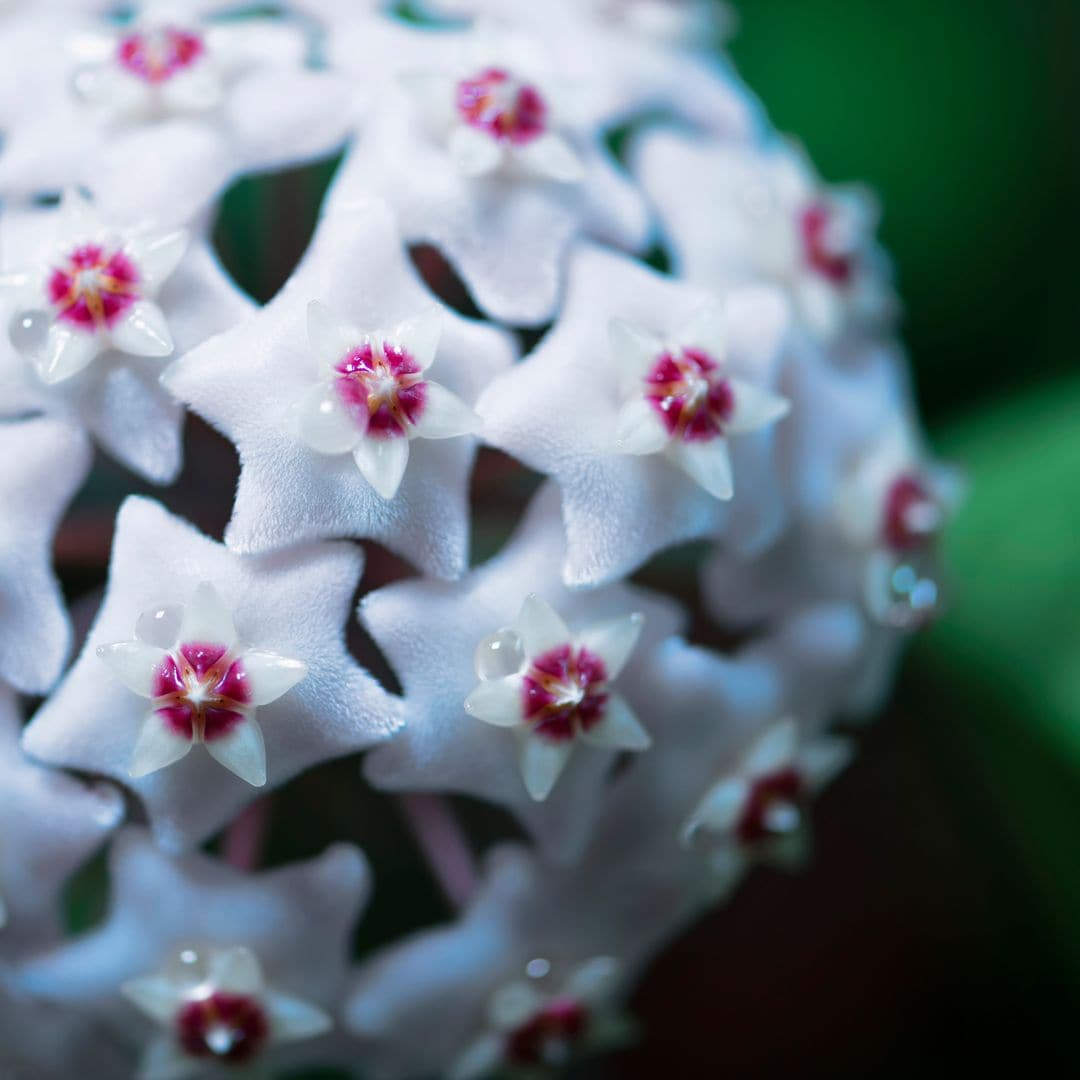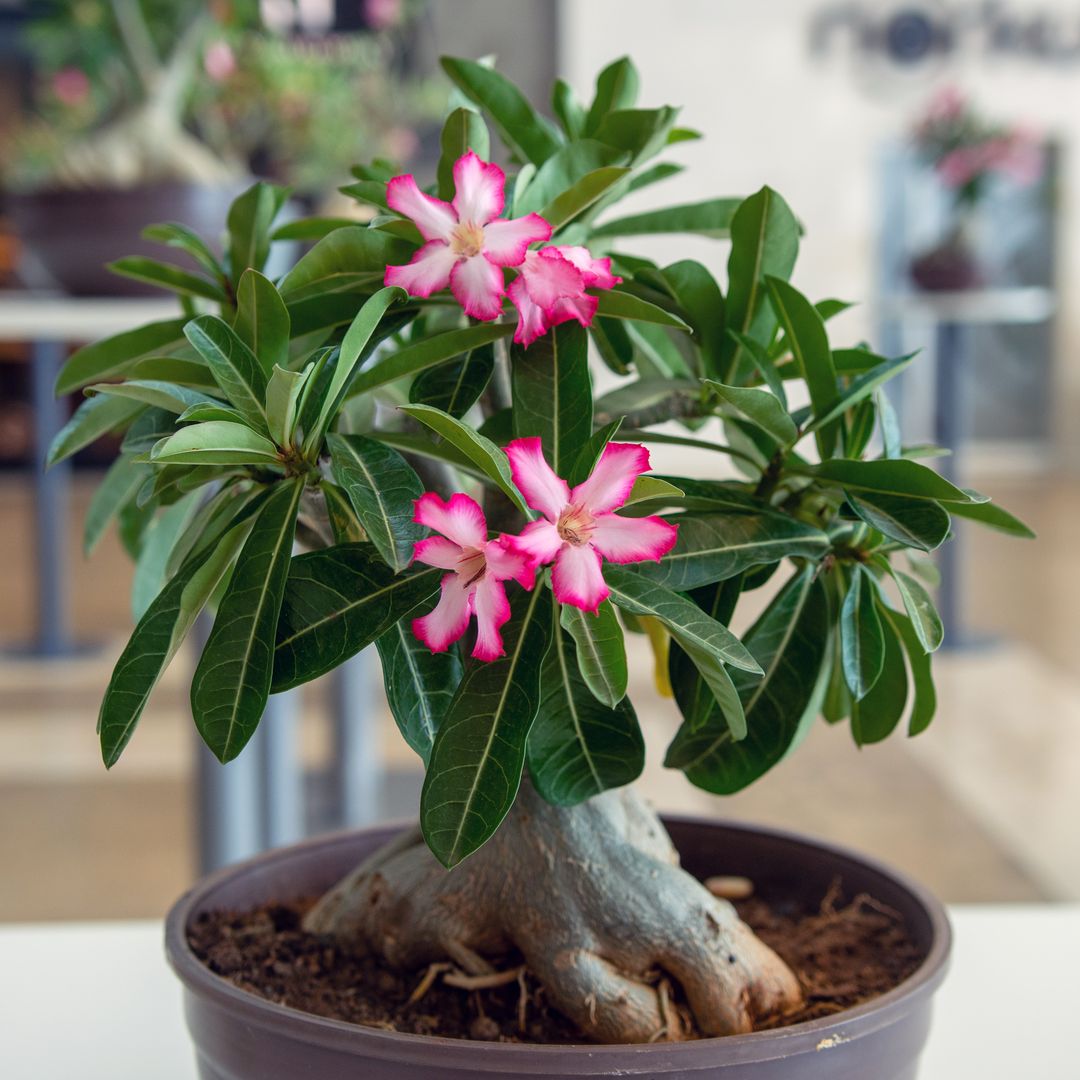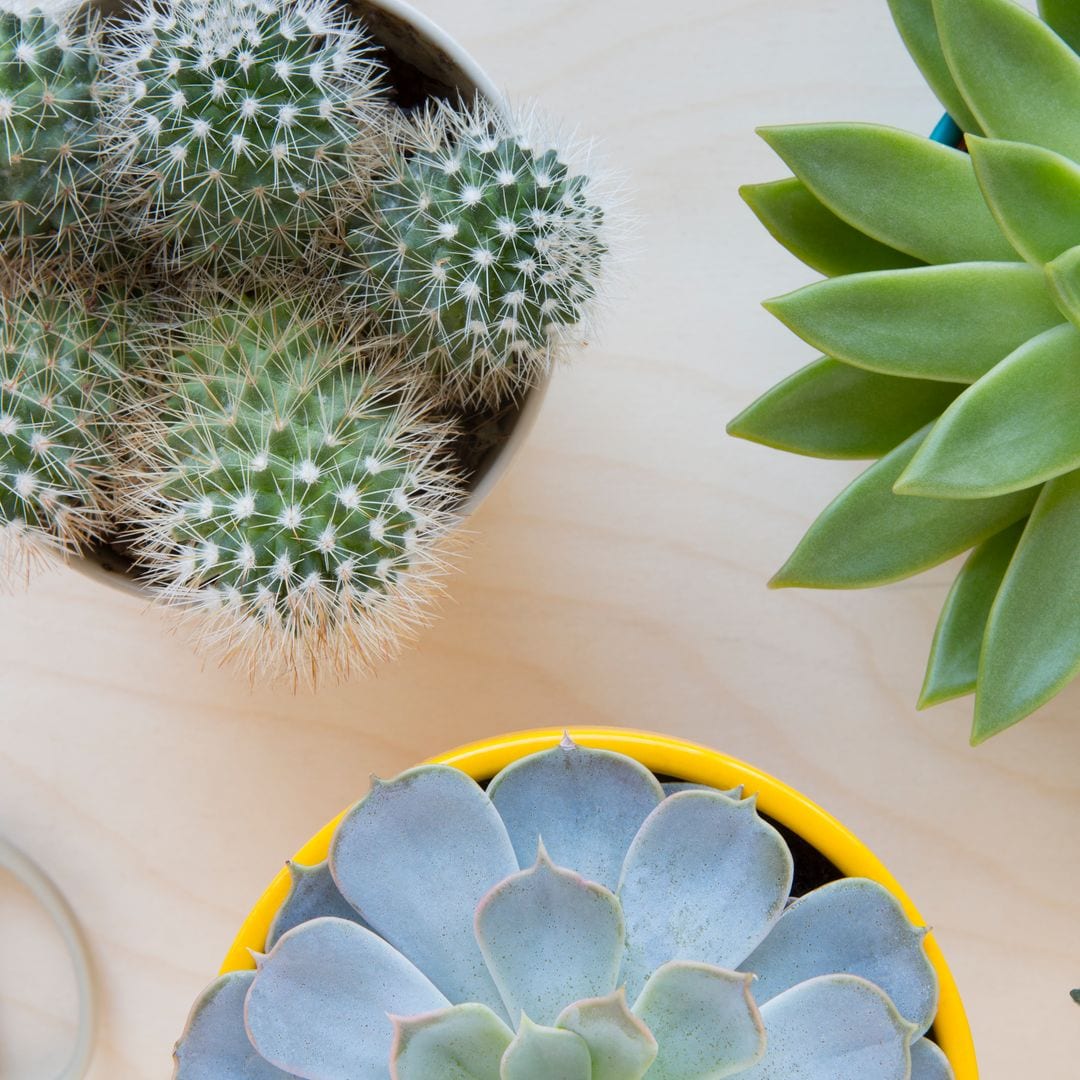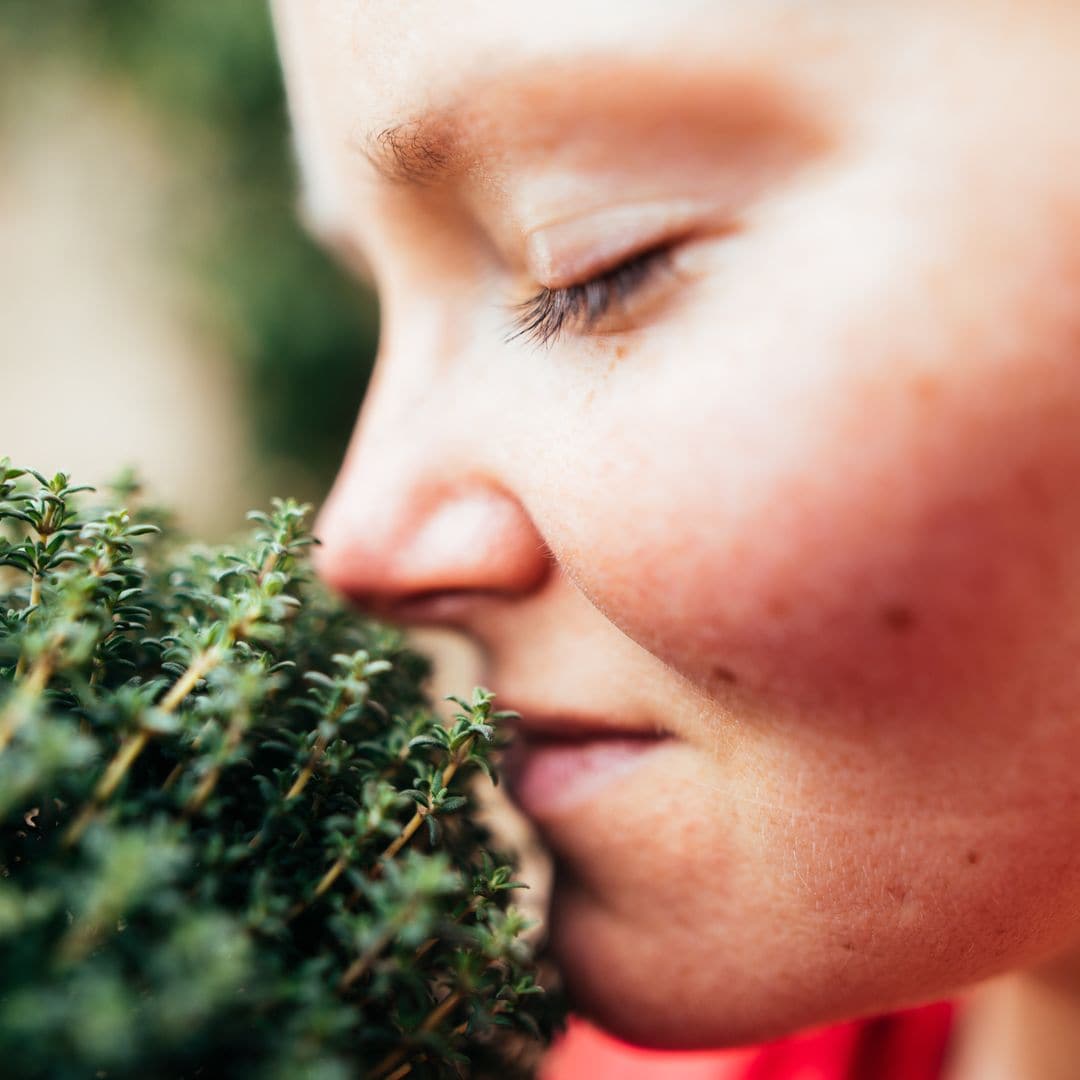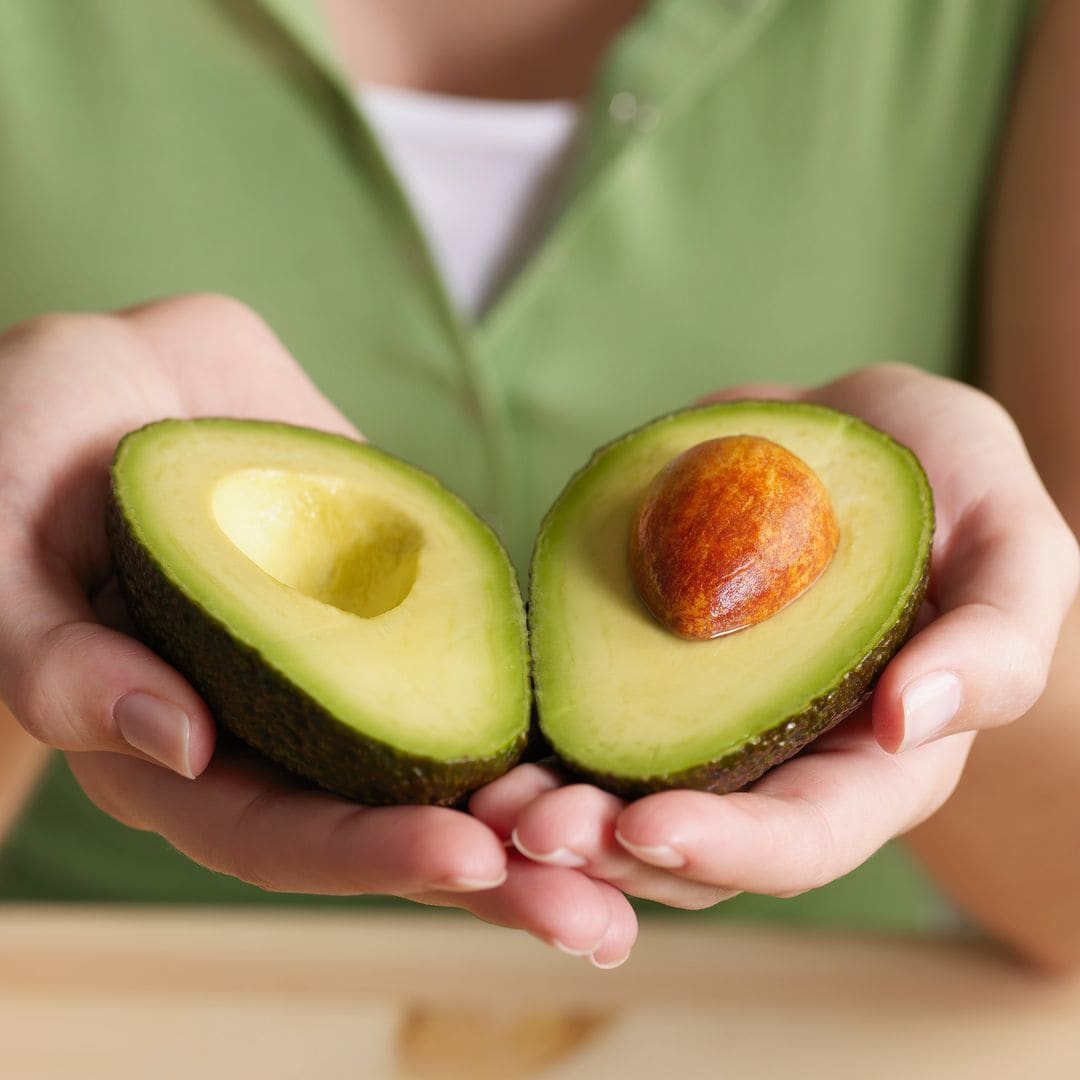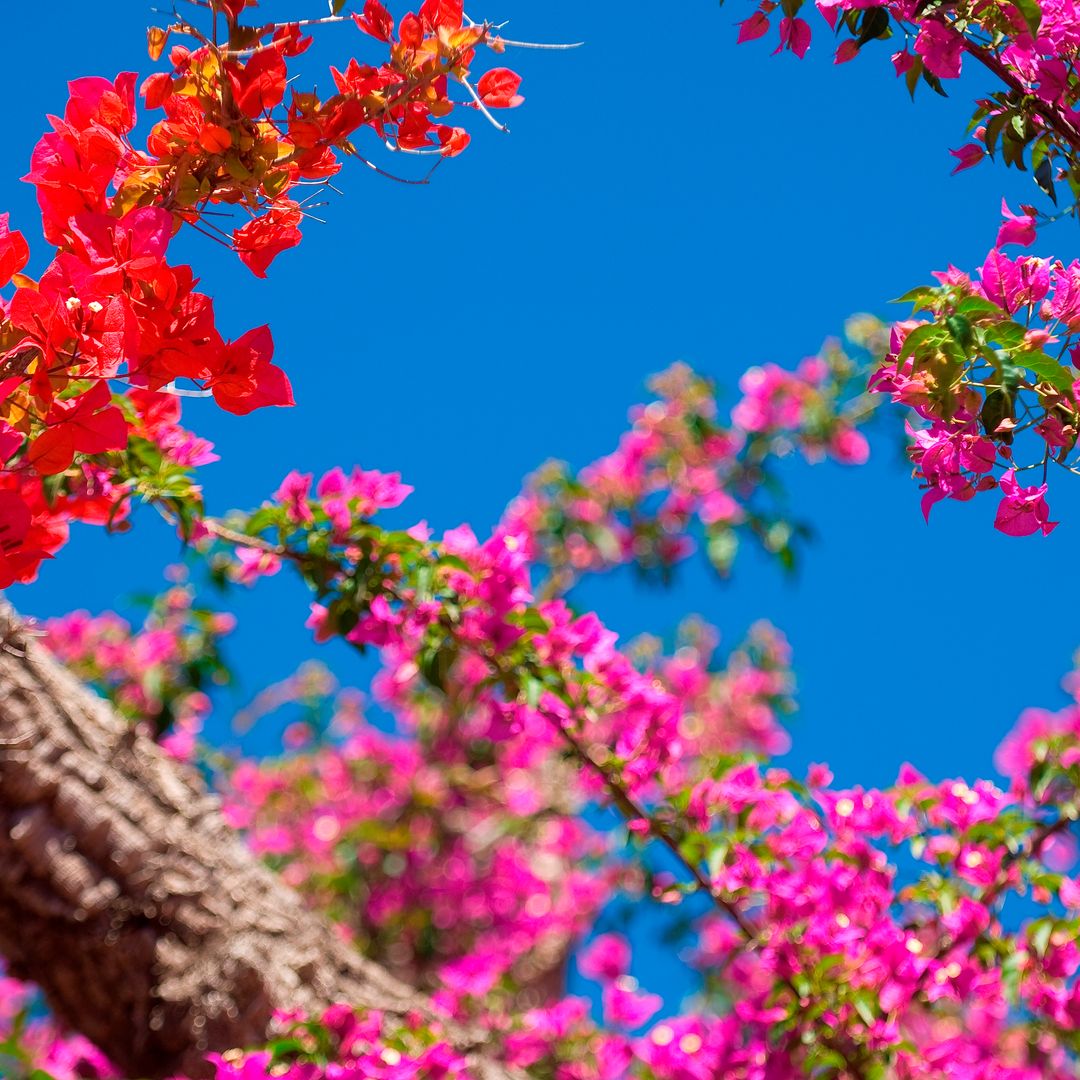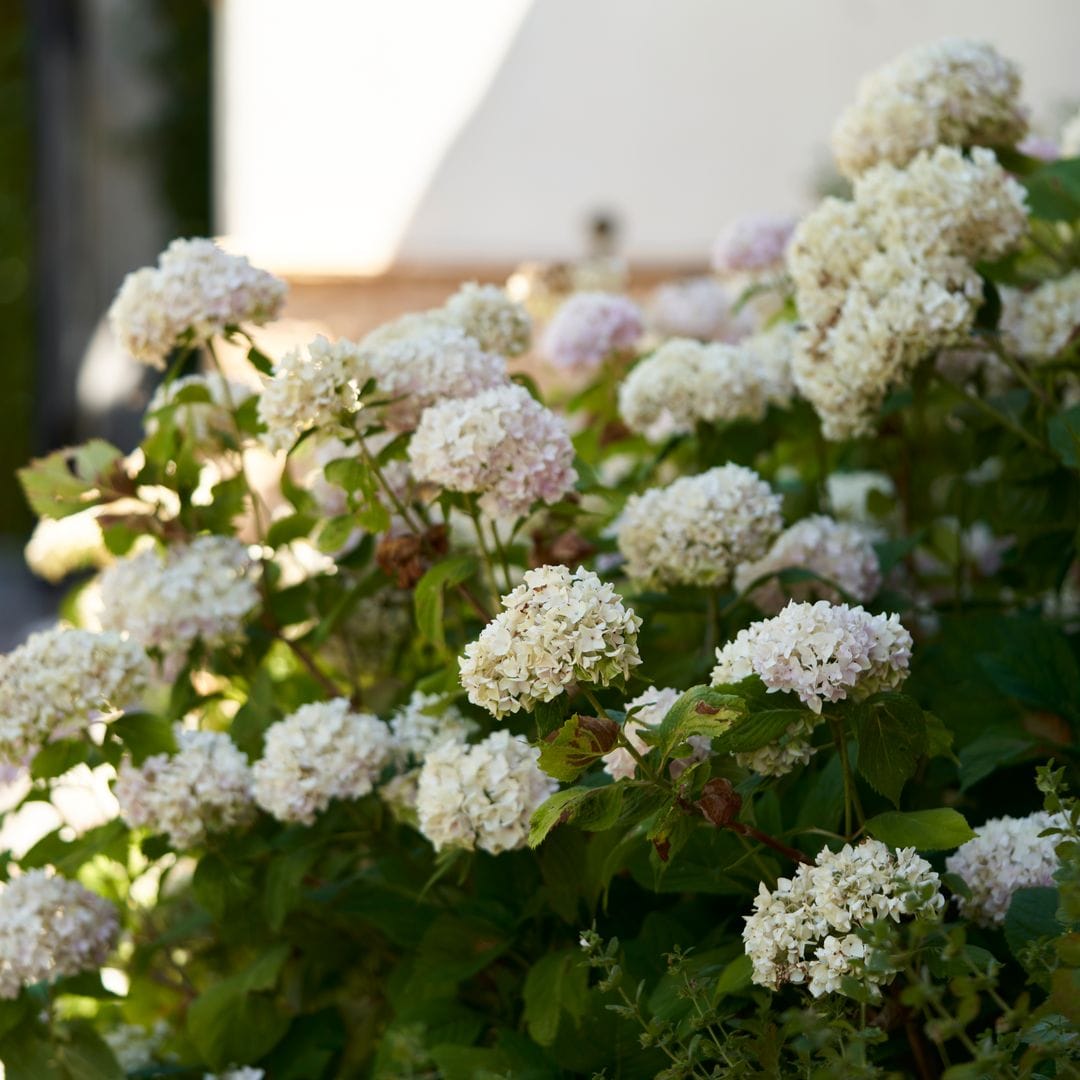Succulents have been gaining popularity among both beginner gardeners and seasoned plant lovers. Within this resilient plant family, there’s a particularly enchanting group: flowering succulents. These plants not only share the durability and low-maintenance care typical of succulents, but they also surprise with vibrant, show-stopping blooms.
If you thought succulents were limited to green tones, these floral varieties will change your mind. Their delicate yet striking blossoms range from fiery reds to soft pinks, radiant yellows, and even pure whites.
The best part? They’re just as easy to care for as their leafy cousins.
Queens of Blooming
Some succulents don’t just decorate spaces; they bring vitality and color to any corner of the home. Among them, these stand out for their spectacular flowers that can last for weeks, offering visual impact even during the darkest months of the year.
Kalanchoe: Spectacular Winter Color
The kalanchoe has become one of the most beloved flowering succulents. This tropical beauty produces abundant blooms from late winter through spring, just when a burst of color is most welcome indoors.
Its clustered blossoms appear in brilliant shades of red, pink, yellow, orange, or immaculate white. The fleshy leaves, with slightly serrated edges, perfectly frame this vibrant display.
Beyond its charm, kalanchoe has an added benefit: like many succulents, it performs CAM photosynthesis (Crassulacean Acid Metabolism), meaning it absorbs carbon dioxide at night and releases oxygen, helping improve indoor air quality.
Blooming tip: Place it in a bright spot where it can enjoy several hours of direct sunlight, especially in winter. The key is balancing enough light to stimulate flowering while protecting it from the harsh summer sun.
Echeveria: Elegance in Rosette Form
With more than 150 varieties, echeverias are among the most colorful and versatile succulents. Their compact rosettes of fleshy leaves produce slender stems topped with delicate flowers in shades ranging from coral to yellow.
Popular species include Echeveria elegans, or “Mexican snowball,” prized for its bluish leaves contrasted by colorful blooms, and Echeveria shaviana, with its wavy, pink-tinged foliage that remains decorative even outside its blooming season.
Resilient to both heat and cold, echeverias adapt well to diverse environments, making them ideal for outdoor or indoor cultivation. They bloom mainly in spring and summer, coinciding with their strongest growth phase.
Christmas Cactus: The Exception That Proves the Rule
Unlike what its name suggests, the Christmas cactus (Schlumbergera x buckleyi) is nothing like the spiky cacti we imagine. With smooth, jointed, trailing stems and no thorns, it produces a dazzling cascade of tubular flowers in pink, fuchsia, red, or white, just as winter arrives.
Unlike most succulents, this species prefers consistently moist soil and indirect light, making it a perfect choice for bright indoor spaces. Its flowers can last for weeks, brightening the home through the holiday season.
Lesser-Known but Spectacular Gems
Beyond the popular species, some succulents stand out for their uniqueness and ornamental beauty. With minimal care, these varieties add color, texture, and personality to any garden or interior.
Sedum: Floral Carpets for the Garden
The sedum family is known for creating stunning ground covers. With its fast growth and creeping habit, sedum thrives in rock gardens or hanging containers. Hardy and low-maintenance, it’s perfect for those seeking eye-catching results with minimal effort.
Hoya Carnosa: The Wax Plant’s Elegance
The hoya carnosa is a trailing succulent admired for its porcelain-like blooms. Arranged in spherical umbels, its tiny star-shaped pink flowers with darker centers emit a subtle, pleasant fragrance.
This plant can be grown indoors or outdoors in mild climates (59–77°F). Its glossy leaves add beauty year-round, perfectly complementing the graceful inflorescences.
Desert Rose (Adenium obesum): Exotic African Flair
The desert rose (Adenium obesum) captivates with its sculptural thick trunk and bold blossoms in shades of red, fuchsia, pink, or white. Its dramatic flowers, enhanced by lush foliage, create striking compositions that evoke an exotic African landscape.
Essential Tips for Successful Flowering
Flowering succulents don’t rely on luck; they thrive when their specific needs are met. With the right balance of light, water, nutrients, and soil, you can enjoy abundant blooms year after year.
- Light: The Essential Engine of Blooming Succulents needs plenty of light to flower generously. Indoors, south- or southwest-facing windows are best. Too little light leads to stretched, pale leaves, while too much causes yellowing or burns.
- Watering: Less Is More Always let the soil dry completely before watering again. During blooming, they may need slightly more, but never overdo it. In winter dormancy, water sparingly to avoid root rot.
- Fertilizing During Blooming Season: Use a cactus or succulent fertilizer diluted to half strength once a month in spring and summer. Suspend feeding in winter to avoid weakening the plant.
- Designing Long-Lasting Arrangements: Select species, containers, and soil wisely for displays that remain attractive year-round. Proper planning ensures both beauty and longevity.
- Seasonal Balance Mix: species with different blooming seasons to maintain color throughout the year, kalanchoes in winter, echeverias in spring and summer, and sedums in autumn.
- Choosing Containers and Soil: Good drainage is essential. Use specialized succulent soil or create your own mix with equal parts universal soil, perlite, and coarse sand. A layer of gravel at the bottom prevents water buildup.
